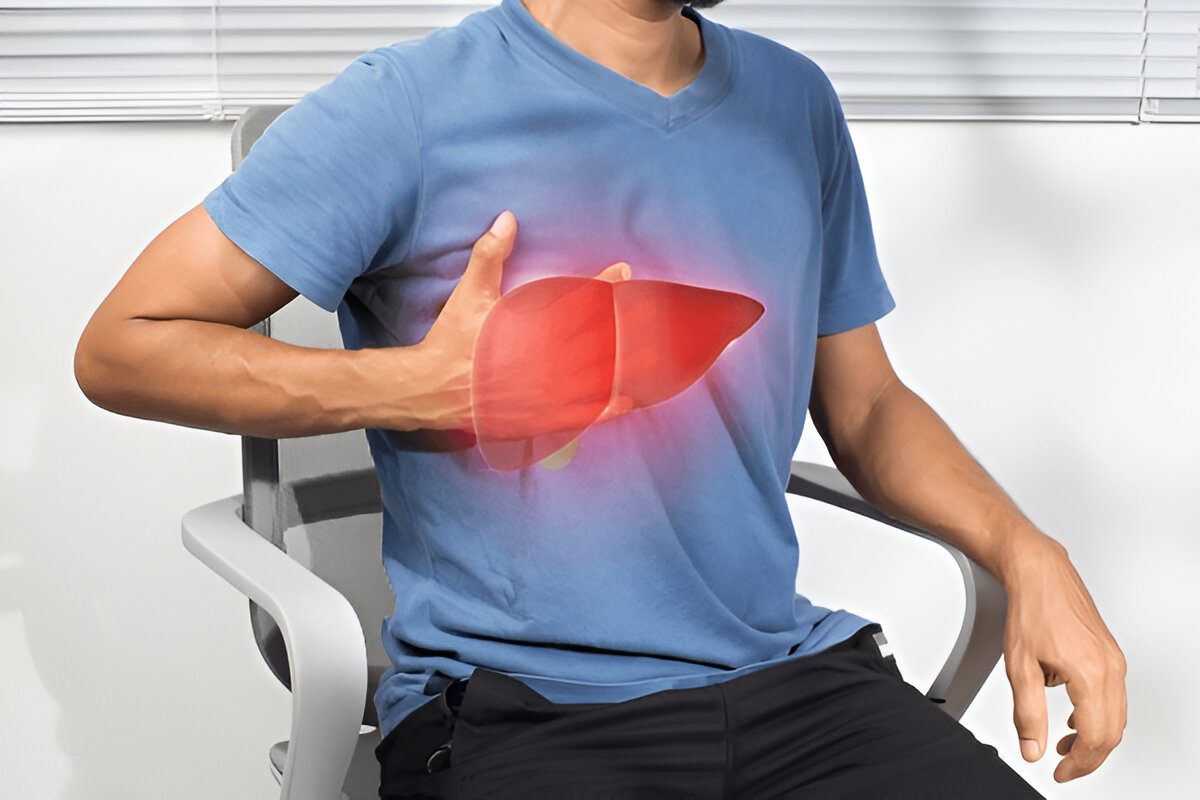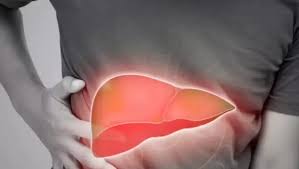Fatty Liver Grade 1 Treatment And Fatty Liver Grade 2 Treatment
Fatty liver disease becomes very common due to lifestyle habits, poor diet and metabolic conditions. Fatty Liver Disease is categorized into grades—fatty liver grade 1 treatment and fatty liver grade 2 treatment. Whether you are diagnosed with Grade 1 or Grade 2 fatty liver, the good news is that it is treatable with timely care.
We offer personalized and advanced treatment to improve the liver function. If you are seeking the best treatment, we are one of the best clinics in Janakpuri, New Delhi.
What is fatty liver grade 1?
Fatty liver grade 1 is common and also known as mild fatty liver. It is the first phase where fat starts adding in the liver but with slight inflammation or damage. However, it might not cause visible symptoms immediately but overlooking these could lead to more serious issues such as inflammation or even lead to cirrhosis.

